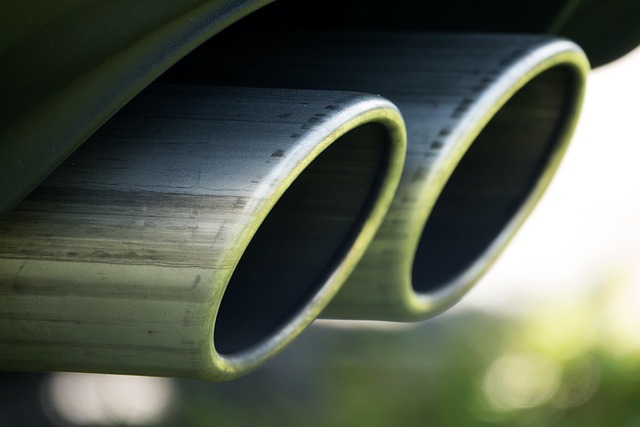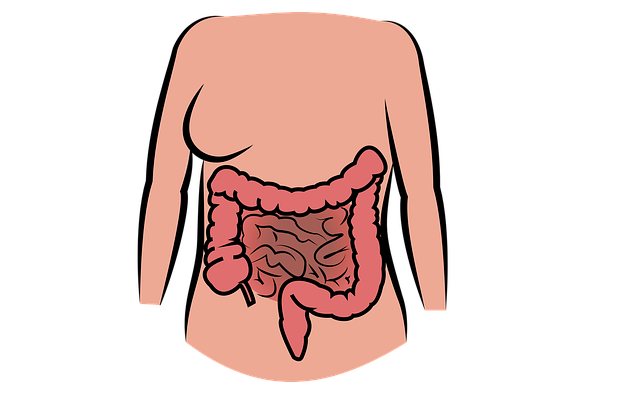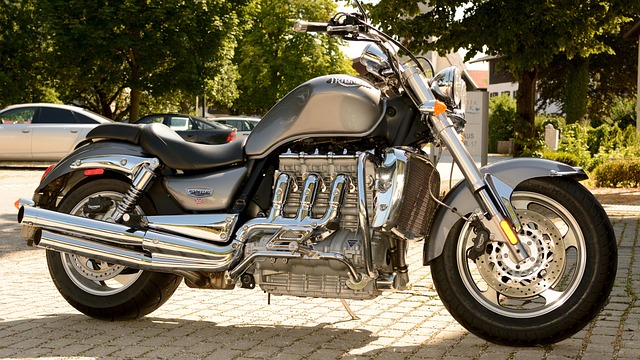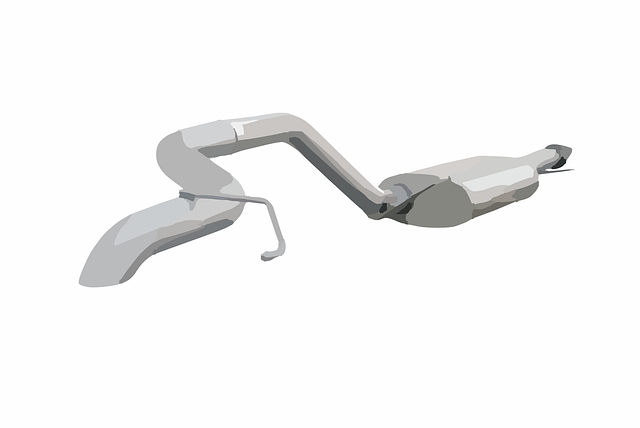Selecting the right exhaust systems is crucial for enhancing fuel efficiency. Advanced technologies like 3D modeling, computerized tuning, and diagnostics tools optimize gas flow and engine performance. Streamlined vehicle design reduces drag through curvier shapes and heat shields minimize heat loss. Smart sensors and data analytics enable real-time monitoring and precise adjustments for optimal combustion. Custom motorcycle exhausts with lightweight components and smart valves further enhance fuel economy and emissions quality.
Enhancing fuel economy is not just about choosing the right fuel; it begins with intelligent vehicle design. In this article, we explore how efficient exhaust systems and strategic component selection can optimize airflow, boosting mileage. We delve into the significance of streamlined design in reducing drag and the integration of smart technologies for real-time performance tuning. By understanding these elements, drivers can make informed choices, contributing to both cost savings and environmental conservation. Start your journey towards better fuel economy with these insights on Select Exhaust Systems.
- Understand the Impact of Exhaust Systems
- Select Efficient Components for Optimal Flow
- Streamline Vehicle Design for Reduced Drag
- Implement Smart Technologies for Real-Time Optimization
Understand the Impact of Exhaust Systems

Exhaust systems play a significant role in determining a vehicle’s fuel efficiency. By managing the flow of gases being expelled, they can reduce backpressure, which in turn improves engine performance and overall mileage. Selecting the right exhaust system is crucial; options like exhaust backpressure testers can help ensure optimal performance. These tools measure and adjust exhaust pressure, allowing for fine-tuning that enhances fuel economy without compromising power.
Furthermore, materials used in exhaust pipes, such as freshwater boat exhaust components designed for durability and efficiency, can significantly impact energy conservation. Exhaust pipe wraps are another innovative solution, offering insulation to minimize heat loss and thus improve engine performance. Incorporating these strategies, along with careful selection of exhaust systems, contributes to better fuel economy, making them essential considerations for any vehicle owner aiming for efficient design.
Select Efficient Components for Optimal Flow

Selecting efficient components is a key strategy to enhance fuel economy through optimal flow. When it comes to vehicles, the exhaust system plays a significant role in overall performance and efficiency. Choosing the right exhaust systems can lead to better engine functionality and reduced fuel consumption. Modern technology offers advanced solutions like 3D modeling exhaust components, which enable precise design for minimal air resistance and improved gas flow. This, coupled with computerized exhaust tuning, ensures the engine operates at its most efficient settings.
Additionally, auto exhaust diagnostics tools and exhaust gas analysis equipment facilitate regular monitoring of exhaust systems. These tools allow mechanics to identify potential issues early on, ensuring any problems are addressed promptly. By maintaining an optimized exhaust system, vehicles can achieve better mileage, contributing significantly to fuel economy without compromising performance.
Streamline Vehicle Design for Reduced Drag

Streamlining vehicle design is a key strategy to enhance fuel economy by reducing drag. This involves optimizing the shape and components of the vehicle to minimize air resistance, which in turn lowers the amount of energy required to propel it forward. For instance, curvier and smoother designs, along with the strategic placement of objects, can significantly decrease drag forces acting against the vehicle’s motion.
When selecting exhaust systems, the latest exhaust technology plays a crucial role in achieving efficient design. Advanced systems, such as those incorporating industrial exhaust ventilation solutions and exhaust temperature sensors, contribute to better overall performance. Additionally, features like exhaust heat shields can further enhance fuel economy by minimizing heat loss, ensuring optimal engine operation and reducing energy wastage.
Implement Smart Technologies for Real-Time Optimization

In today’s digital era, implementing smart technologies offers a powerful way to enhance fuel economy through efficient design. Advanced sensors and data analytics can monitor various vehicle parameters in real-time, allowing for precise adjustments to optimize performance. For instance, selecting efficient exhaust systems plays a crucial role. Custom motorcycle exhausts designed with lightweight components not only reduce weight but also improve airflow, boosting engine efficiency. Moreover, these systems often incorporate smart valves that dynamically adjust exhaust gas flow, ensuring optimal power delivery and fuel consumption.
By integrating such technologies, vehicle manufacturers can fine-tune the entire combustion process. This includes managing intake air temperatures, optimizing compression ratios, and precisely timing the opening and closing of exhaust valves. In terms of diesel engines, this translates to enhanced diesel exhaust filtration solutions, minimizing emissions and improving overall efficiency. Consequently, these smart design choices contribute to not only better fuel economy but also cleaner and more sustainable transportation.
By understanding the impact of exhaust systems, selecting efficient components for optimal gas flow, streamlining vehicle design for reduced drag, and implementing smart technologies that optimize in real-time, we can significantly enhance fuel economy. When it comes to Select Exhaust Systems, these strategies not only reduce emissions but also contribute to a more sustainable and cost-effective transportation future.
